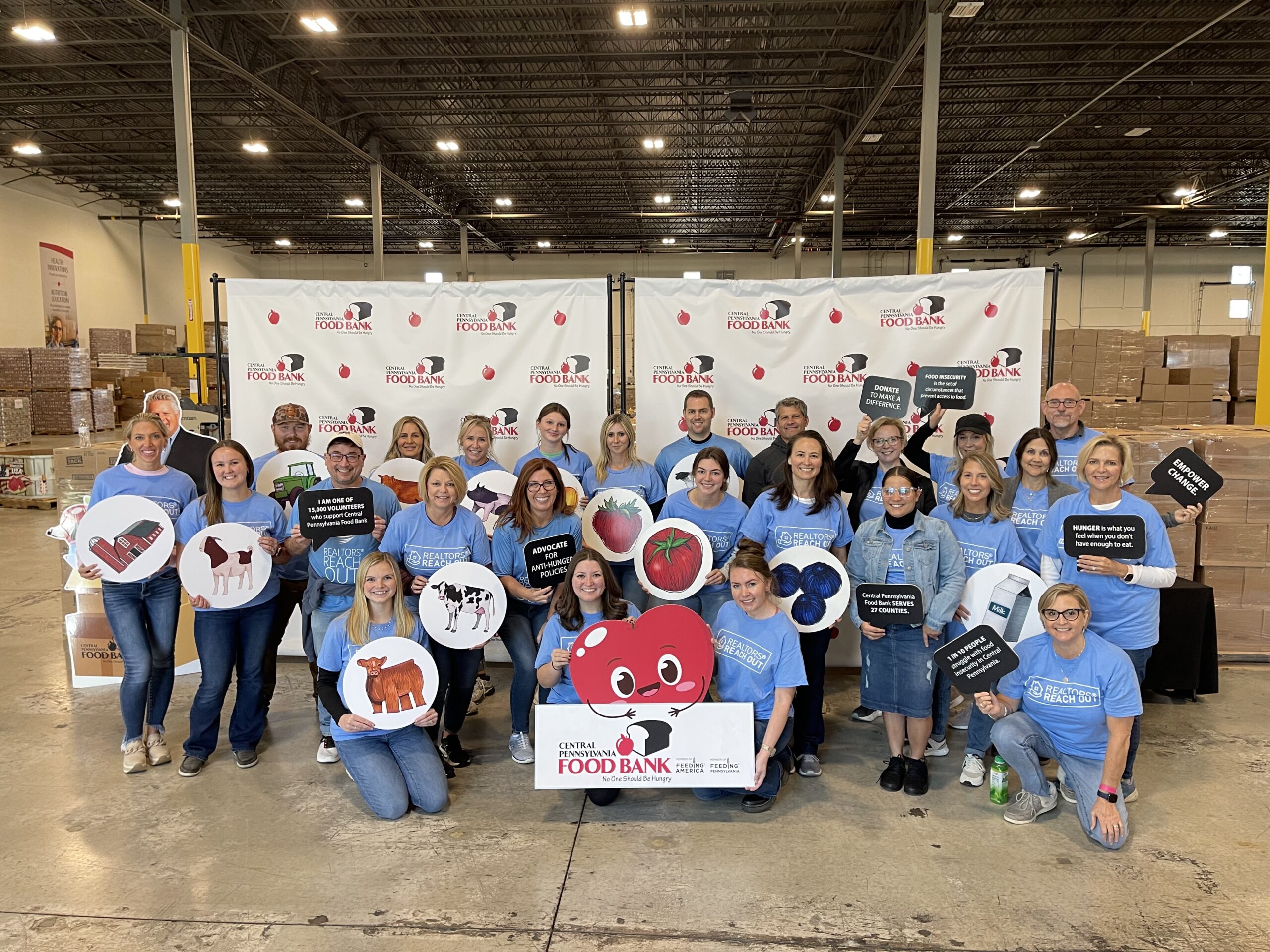National flood insurance is critical to PA
Reauthorizing the National Flood Insurance Program, also known as the NFIP, is one of the top priorities for the National Association of Realtors® this year.
“With five million policies and 22,000 communities across the country in flood zones, NFIP is vital to the real estate industry,” Florida Realtors® President Maria Wells told Realtors® recently at PAR’s Spring Business Meetings in Harrisburg. Wells was the 2016 chair of insurance for NAR and provided testimony before Congress on behalf of the association.
PAR President Kathy McQuilkin said the NFIP is particularly important to Pennsylvania homeowners. “Pennsylvania is 12th in the U.S. with the number of NFIP policies, however, we’re fifth in the nation in the number of flood claims filed. In fact, between 2006 and 2014, flood claims were filed in 66 of our 67 counties. Fulton County was the one county that did not file a NFIP claim during that time.”
Wells said, “Realtors® should be talking about flood insurance and helping to make homebuyers aware of what the insurance will cost them. And, sellers need to be aware flood insurance must be transferred from the seller to the buyer to benefit from grandfathering pricing reductions.”
The Pennsylvania Department of Insurance began to look closely at flood insurance when the previous reauthorization raised rates and people found themselves in danger of losing their homes because they couldn’t afford flood insurance, according to David Buono, consumer liaison at the department.
That’s when private insurance options started to enter the market in Pennsylvania and the department created a new website to help consumers find private flood insurance that may provide options in areas that are less prone to flooding.
As NAR continues to encourage Congress to reauthorize the NFIP, another one of NAR’s goals is to request the Federal Emergency Management Agency to begin using LiDAR to create flood maps. LiDAR is a surveying method that measures distance to a target by illuminating that target with a pulsed laser light, and measuring the reflected pulses with a sensor. Differences in laser return times and wavelengths can then be used to make digital 3D-representations of the target.
“Paper maps are archaic. LiDAR mapping involves flying over an area to see the elevation,” Wells explained. “North Carolina has been extremely successful in using LiDAR to create flood maps so communities know where the flood zones are. In Pennsylvania, because of the mountainous areas, LiDAR may not be as efficient so both traditional styles and LiDAR would have to be used.”
Wells encouraged Realtors® to help their communities go through FEMA’s Community Rating Systems, which is an incentive program that encourages communities to exceed the minimal federal requirements for development within floodplains. The program has a goal of reducing premiums to properties within that community as a reward for mitigation efforts.
Topics
Share this post
Member Discussion
Recent Articles
-
House Renters Prioritize Pets, Privacy, Practicality
- November 18, 2024
- 2 min. read
Pet accommodations are rising on the list of renter priorities. For 23.2%, the pet policy is the most likely to influence their decision to rent a house.
-
Pa. Realtors® Give Back: $75k Raised, Thousands Helped
- November 15, 2024
- 5 min. read
This year, 17 local associations gave back to their communities by raising over $75,000 total and helping prepare/pack over 4,000 meals and boxes of food.
-
Earn Your Divorce Specialist Certification at Triple Play
- November 14, 2024
- 2 min. read
“Don’t wait until the middle of a transaction to realize there are things you need to know to serve your customers better,” says Realtor® and Triple Play speaker Addie Owens.
Daily Emails
You’ll be the first to know about real estate trends and various legal happenings. Stay up-to-date by subscribing to JustListed.



